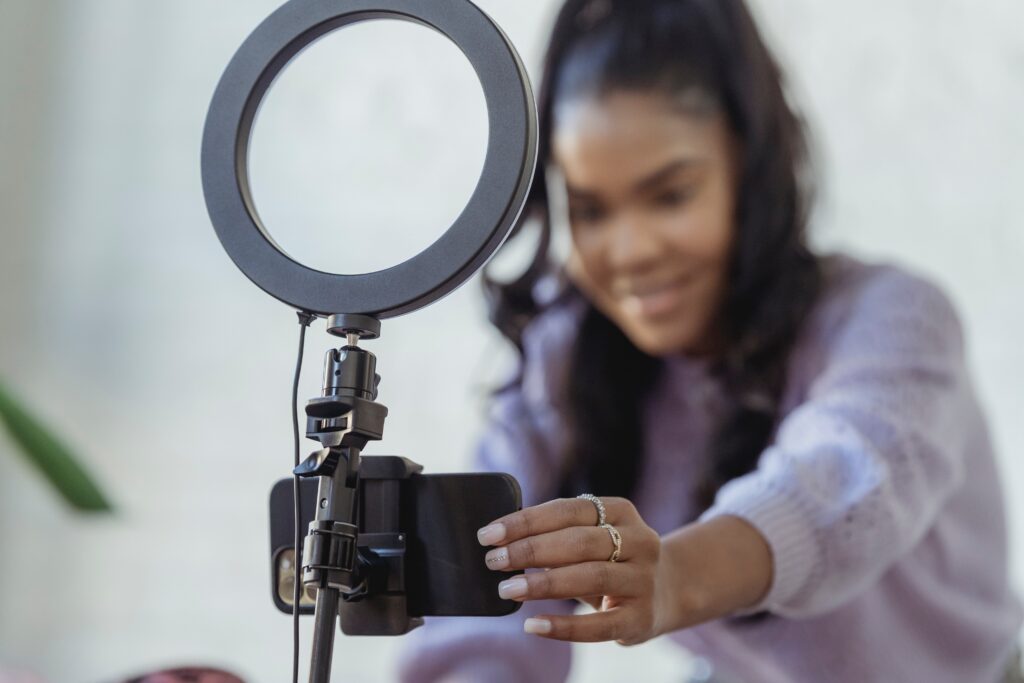The Evolution & Future of Short-Form Video

It’s 2022 and short-form video remains content king! Here is a timeline of how it came to be:
2012– A year after its release, Snapchat introduced 10-second videos. Users were able to record short clips and send them to friends. Though they were videos that disappeared quickly they helped the platform increase in daily viewers. In 2013, stories were introduced and instead of disappearing after being viewed, they disappeared after 24 hours. Through the years, Snapchat has introduced several features to engage users including filters, lenses, and many more editing tools. Today, Snapchat continues to be one of the top used platforms and continues to develop new features like short series.
2013– The popularity of short-form can be credited to the introduction of Vine, a social media platform where users posted 6-second videos that looped. It quickly became one of the fastest-growing social media platforms. Soon after, popular content creators known as viners began to emerge and monetize their content. Due to an increase in competitors that Vine could not keep up with, the app officially shut down in 2017.
2014– After the rise of Vine, Musical.ly became a popular video platform where users could create up to 60-second videos lip-synching. By 2016, it became one of the fastest-growing social platforms. The growth of the app is attributed to the usage of hashtags to promote trends and worldwide events. It was also one of the first times we saw users having to use a specific sound to base content on. In 2017, Musical.ly was purchased by Bytedance Technology, Co.
2018– In 2018, Bytedance combined the apps Musical.ly and Douyin and officially released TikTok worldwide. TikTok allows users to create up to 60-second videos but with the ability to use original sound or sound bytes, a larger array of filters, and more editing abilities. During the Covid pandemic, the app saw significant growth with over 800 million users. However, what made TikTok really stand out was the ability to personalize the content users would see on the for you page (FYP). TikTok’s algorithm is one of the most accurate at giving users what they want. It has given companies, brands, and influencers the ability to best reach their audiences.
2020– In response to the increased growth of TikTok, Instagram and Facebook introduced reels. Similar to Tiktok, users could create short videos that they could share to the feed and if they are public accounts they could also share to the explore page. Instagram gave users a place to edit these videos and rewarded users that were using these features. The algorithm ranked reels using popular sound higher and now even allows users to search sounds.
Is short-form going away any time soon? Absolutely not. Its popularity is continuing to grow and social media platforms are pushing this content more. On the other hand, we are seeing people enjoy shorter, less edited content more. It is now the time for companies to use this as an opportunity video to connect with their audiences – both in the B2B and B2C space.
By Silvia, Social Media Specialist | January 14, 2022




